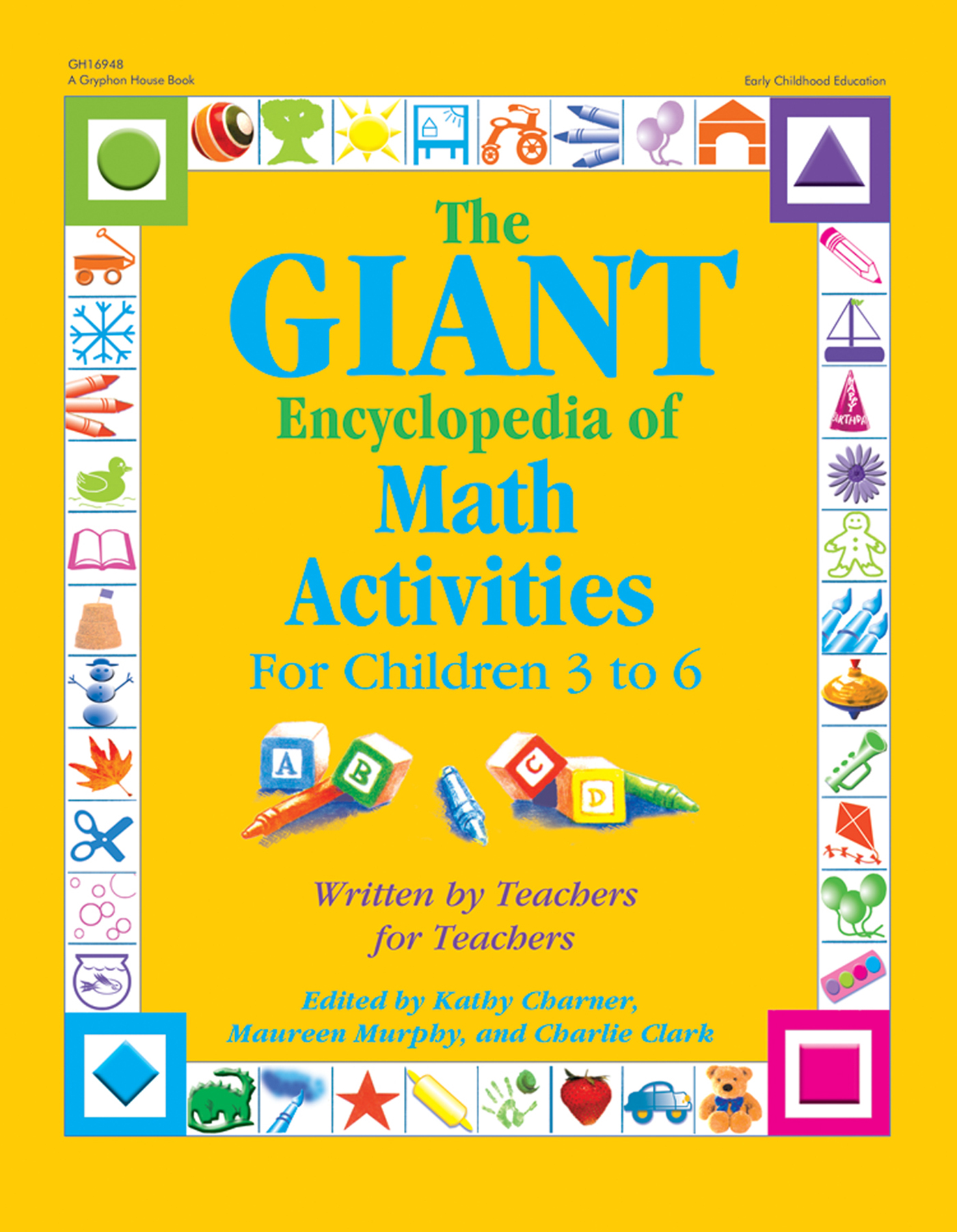Materials
- none
What to do
The following is a list of everyday tips for making math and math talk a part of your regular routines:
1. Younger children sometimes have difficulty understanding that counting means naming numbers in a specific order. To reinforce this simple point, count often throughout the day. Count when you:
- get ready to move from one spot to another,
- set the tables,
- get out or put away small amounts of toys,
- take attendance, and
- see that a child has arrived or gone home.
2. Help children practice using math skills throughout the day by asking questions: "How many books are on the bookshelf right now?" "How many more books would we need to have ten?"
3. There are numbers everywhere! Call attention to numbers to point out that they are important and are used for different purposes.
4. Just by playing with the children you can find many opportunities to engage in sorting, matching, comparing, arranging, and counting activities. Think about what you can do in each area of the room.
5. Bring a simple bathroom and/or kitchen scale to the classroom. Let the children weigh each other and various items around the room. This will help prepare them for using equipment in school to weigh and measure.
6. Children can be confused by money. Some think that the larger the coin is, the more valuable it is, so take any opportunity available when the children are playing with real or pretend coins to point out the facts about them.
7. Keep the tone of math activities light and fun. This will increase the likelihood that children will want to do them and make activities seem less of a chore.
8. Use newspapers to help young children learn to recognize numbers in different sizes and kinds of type and to understand that the way a number looks does not change its value. Let children look through newspapers and circle or cut out numbers.
9. As you do cooking activities, call attention to the markings on measuring cups and use their names properly. This will begin to familiarize children with the language they will use when they begin to work with fractions.
10. For older children, call attention to statistical charts in newspapers and magazines and talk with them about what the charts show and why the information is important. Make charts and graphs in the classroom frequently to showcase certain information, such as favorite colors, favored foods, shoes vs. sandals, and so on.
11. Use advertising flyers or newspaper ads to help the children identify, classify and count items. Ask, "How many cans of soup are there?" "What vegetables do you see?" and so on.
12. Keep a collection of grocery items in the dramatic play center, such as cracker boxes, cereal boxes, oatmeal boxes, milk jugs, juice bottles (all cleaned and sealed). Have the children name the shape of each item.
13. Show the children that you use math skills on a daily basis by "thinking out loud" as you do things like measuring, counting, or adding.
14. Children will develop a positive attitude about math if they see that there are fun ways to use math in games and solving puzzles. Do these activities often.
15. Young children can easily confuse letters and numbers. Throughout the day, have them notice and name both, or ask questions such as: "See the sign on that bus? Does it say 5 or E?"
16. When using counters, make sure they are small enough for little hands but large enough to not pose a choking hazard.
17. It is important for children to develop an understanding of the characteristics of numbers, such as odd or even and meaning of the terms such as "more than" and "less than." Use these phrases out loud whenever appropriate during the daily routine.
-Virginia Jean Herrod, Columbia, SC
